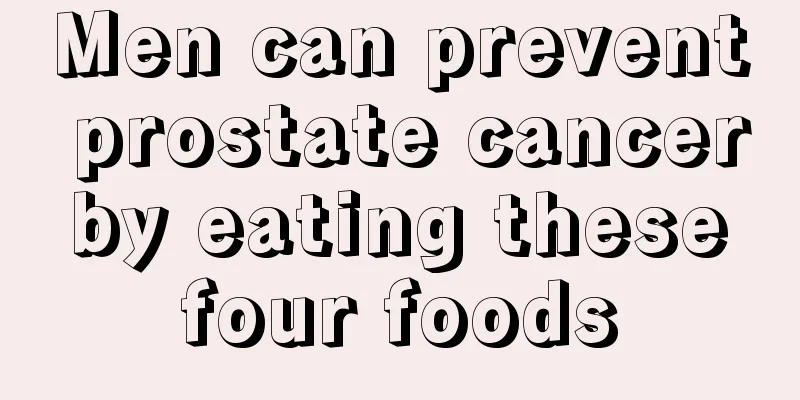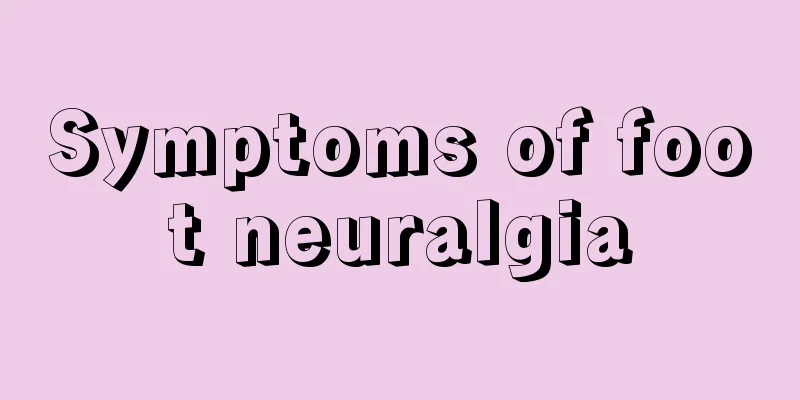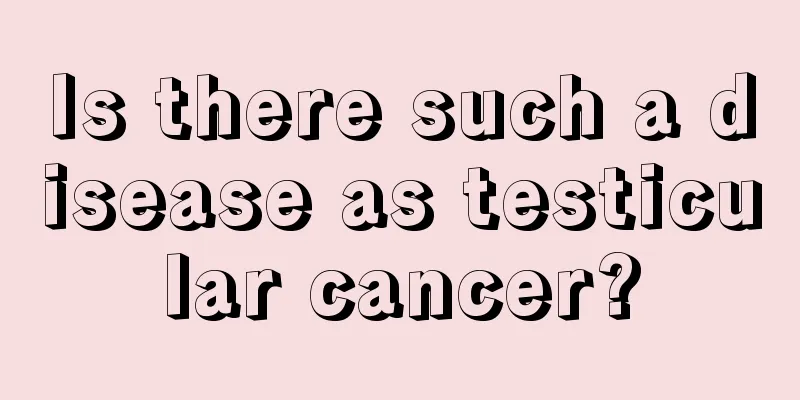What are the misunderstandings people have about breast cancer? 6 common misconceptions about breast cancer

|
Breast cancer is the biggest killer of women and is difficult to cure, so many people have misunderstandings about breast cancer. Breast cancer is a malignant tumor with a high incidence rate in women. Breast cancer has risen to the top of female malignant tumors in some cities. According to surveys, about 1.2 million women are diagnosed with breast cancer every year in the world, and this number is still increasing at a rate of 5% to 20% per year. Since breast cancer is not easy to prevent, has a hidden onset, and has a high mortality rate, breast cancer patients should actively seek treatment. However, many breast cancer patients still have some misunderstandings about how to treat the disease, which is very unfavorable for the treatment of the disease. So, what are the misunderstandings about the treatment of breast cancer? 6 common misconceptions about breast cancer 1. Breast cancer is an incurable disease Some women feel panic and depression after being diagnosed with breast cancer, and even think that it is a terminal illness and refuse to receive treatment. In fact, this understanding is wrong. Studies have shown that if breast cancer patients can be treated in time in the early stages of the disease, their 10-year survival rate will exceed 95%. If patients persist for another five years after surgical treatment, their condition can enter a stable period and is less likely to relapse. Even in the late stage of treatment, better results can be achieved. Therefore, breast cancer patients must have a correct understanding of the disease. If they first give up psychologically, it will be extremely unfavorable to the treatment of the disease. 2. The larger the surgical resection, the better Some breast cancer patients believe that the larger the tumor resection range, the better the anti-cancer effect. In fact, this view is unscientific. Surgical treatment is the first choice for breast cancer. Contemporary medical technology can well control all aspects of breast tumors. Especially for early breast cancer patients, breast-conserving methods have been used for surgical treatment at home and abroad. That is, the breast is retained, and only the tumor tissue and axillary lymph nodes are removed. And radiotherapy, chemotherapy and corresponding comprehensive treatment are carried out. Through this treatment, not only can the effect of mastectomy be achieved or even exceeded, but also the patient's relatively intact appearance can be maintained, reducing the harm to his body and mind. Therefore, for breast cancer patients, the scope of surgery should be determined according to the actual situation. Not all patients must undergo mastectomy, and the larger the scope of surgery, the better. 3. Belief that chemotherapy is highly toxic and has more disadvantages than advantages Many breast cancer patients believe that chemotherapy is highly toxic and has great side effects, so they refuse chemotherapy. This understanding and practice is wrong. Chemotherapy refers to treatment with chemical drugs. In different stages of tumor cell growth and reproduction, chemotherapy drugs can inhibit or kill tumor cells. Chemotherapy plays a very important role in effectively inhibiting the reproduction and metastasis of tumor cells. However, almost all chemotherapy drugs have strong toxicity and side effects to varying degrees, and cancer patients should have a correct understanding. In fact, current chemotherapy drugs are developing in the direction of low toxicity and high efficiency. Clinically, the side effects of chemotherapy have been well treated and prevented. In chemotherapy, as long as chemotherapy drugs are used reasonably and a scientific chemotherapy plan is formulated for cancer patients, the toxic side effects of chemotherapy can be minimized. Now chemotherapy drugs can also be used for local treatment, such as interventional therapy. Therefore, the medical community believes that there are still few pros and cons of chemotherapy for cancer patients. Believe that every cancer patient must receive radiotherapy Radiotherapy can expand the range of tumor cells. Radiotherapy, surgery and chemotherapy are known as the three methods of treating cancer. But not every cancer patient needs radiotherapy. I. Radiotherapy after radical surgery is not recommended for breast cancer patients in clinical practice. 5. Thinking that endocrine therapy is useless Some breast cancer patients think that endocrine therapy is useless. In fact, such patients at least lack understanding of breast cancer. Breast cancer is a hormone-dependent systemic disease. Long-term hormone stimulation will increase the chance of breast cancer recurrence and metastasis. Endocrine therapy includes treating endocrine glands and taking endocrine drugs. At present, endocrine therapy for patients with this disease is mostly drug therapy. This type of treatment for breast cancer patients can regulate hormone levels in the body, avoid recurrence, and prolong survival. Compared with chemotherapy, endocrine therapy has the characteristics of clear efficacy, easy operation, mild toxicity and side effects, and relatively low cost. Its efficacy is similar to chemotherapy. Therefore, when the patient's condition is suitable, endocrine therapy can be carried out under the guidance of a doctor. 6. Patients with breast cancer that has metastasized extensively do not need treatment Some breast cancer patients want to give up treatment because their disease is discovered very late. This idea is obviously wrong. Breast cancer is highly sensitive to anti-cancer drugs such as radiotherapy and chemotherapy. Even if it is widely metastatic, its treatment can still achieve satisfactory results. Some breast cancer patients with brain metastasis, bone metastasis, and lung metastasis often achieve good results after treatment. Therefore, breast cancer patients who have metastasized should also be actively treated. Early Breast Cancer Treatment 1. Breast cancer treatment methods Radiation therapy High-energy rays are used to eliminate cancer cells, hoping to reduce damage to normal cells while treating cancer. The entire radiation therapy course usually takes 5-6 weeks. Thickening of the skin, darkening of the skin color, nausea, vomiting, and fatigue. A few patients may develop pneumonia, which should be treated actively. Most skin changes improve within a few months to a year after treatment, and fatigue can last for several months. 2. Chemotherapy Chemotherapy is the use of anticancer drugs to destroy the occurrence and division of cancer cells, in order to kill cancer cells. Doctors can use this treatment as an adjuvant therapy after surgery or radiotherapy to reduce the chance of cancer recurrence. Generally speaking, the entire course of treatment is six months. Chemotherapy drugs can be divided into oral and intravenous injections. Each course of chemotherapy has a few days, followed by a few weeks of rest, so that the body can gradually recover from the side effects of chemotherapy. The side effects of chemotherapy as a treatment for breast cancer may include: fatigue, depression; nausea, vomiting, loss of appetite; gastrointestinal discomfort, including diarrhea, hair loss, oral pain and ulcers, and amenorrhea. Bone marrow suppression, decreased hematopoietic function, decreased blood cell count, and susceptibility to infection. 3. Surgical treatment The extent of mastectomy depends on the size, nature and spread of the tumor. The operation is a moderate operation performed under continuous epidural anesthesia or general anesthesia. There may also be a feeling of axillary numbness or limb swelling after the operation, which is caused by lymphatic reflux disorder. The edema will decrease over time. Postoperative limb function exercise is very necessary, which can not only avoid the formation of shoulder joint stiffness, but also accelerate blood and lymph return and prevent edema. This is one of the methods to treat breast cancer. |
>>: Will breast cancer definitely cause lumps? Six common manifestations of breast cancer
Recommend
Can alcohol come into direct contact with wounds?
When you go to the hospital for injections or inf...
How to quickly relieve itchy skin
In daily life, people often encounter the problem...
What does bilateral lung fibrosis mean?
The fibrous foci in both lungs may manifest as al...
Time for intercourse after caesarean section
Currently, more and more women are choosing to ha...
What is small liver cancer? How to treat small liver cancer best?
Small liver cancer generally refers to liver canc...
Dry and flaky skin on elbows
Symptoms of dryness and flaking on the elbows may...
Causes of uterine cancer
Uterine cancer is a common gynecological malignan...
Who are the most susceptible to liver cancer? These five types of people need to pay attention
If you suffer from viral hepatitis diseases such ...
Some considerations in brain cancer care
Brain cancer patients often have poor self-care a...
My left chest hurts from time to time
Many reasons may cause people to experience chest...
What material is good for radiation protection clothing?
In life, everyone will inevitably be exposed to r...
What should patients with cold cough eat?
When the weather is cold, some people's bodie...
Will eating rice make you fat?
Rice and steamed bread are the two most common st...
Summer diving health tips, cramps, vomiting, tinnitus coping methods
Many people like to go diving in the hot summer, ...
Do you know the anti-cancer food ranking?
Cancer is a malignant tumor. Nowadays, there are ...









